When you’re out in the wilderness, a reliable fire-starting kit can be the difference between comfort and calamity. Fire isn’t just warmth; it’s safety, light, and the ability to cook. While you can buy pre-made kits, building your own ensures you’ll have exactly what you need, and it’s a fun, rewarding project. A personalized kit is compact, efficient, and tailored to your needs and environment. I’ll walk you through how to assemble one, step by step, so you’ll always be prepared to start a fire no matter where you are. Let’s get started!
Choose a Waterproof Container

Your kit needs to stay dry no matter the weather. Look for something small and waterproof, like an Altoids tin, a sturdy plastic box, or even a resealable bag. The container should be compact enough to carry easily but durable enough to protect your gear.
Gather Your Tinder Materials

Tinder is the base of any fire, so pack materials that catch fire easily. Cotton balls soaked in petroleum jelly, dryer lint, or natural options like birch bark are all excellent choices. Be sure to include a variety so you can adapt to different situations.
Include Waterproof Matches

Waterproof matches are a foolproof way to get a fire going. You can buy them pre-made or DIY your own by dipping regular matches in melted candle wax. Store them in a small plastic bag or an old medicine bottle to keep them dry.
Add a Lighter
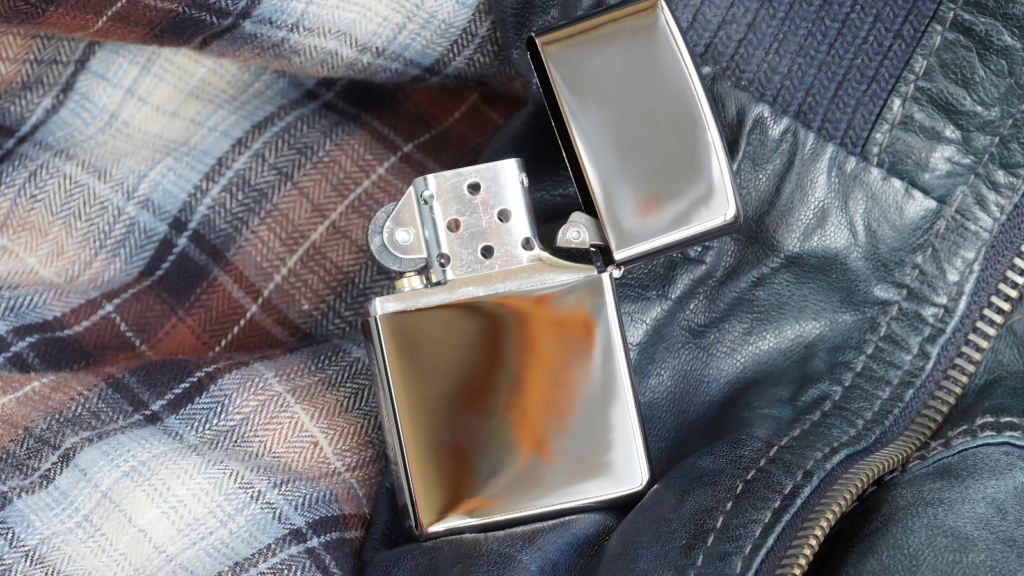
Even if you prefer traditional methods, a lighter is a quick and reliable option. Choose a windproof model if possible, as it’s more effective in tough conditions. Pack it carefully to avoid accidental leaks or breakage.
Pack a Ferro Rod or Fire Steel
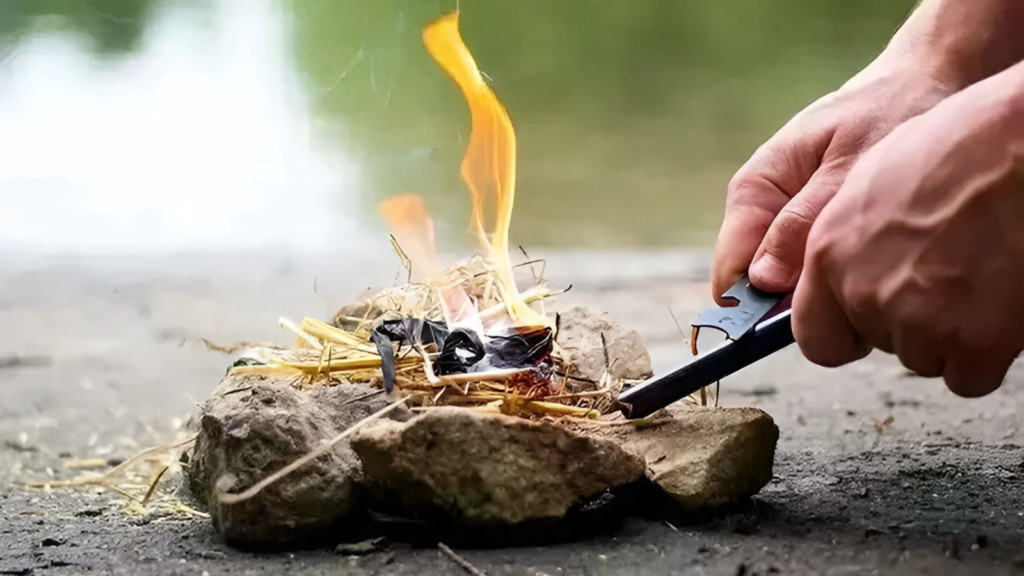
A ferro rod is a must-have in any fire-starting kit. When struck with a metal scraper, it creates sparks that can ignite tinder even in wet or windy weather. They last for thousands of strikes, making them an excellent long-term investment.
Include a Magnesium Block

Magnesium shavings burn hot and fast, making them perfect for igniting stubborn tinder. Choose a block with a built-in striker to save space and keep everything handy. Practice using it before you head out, as it takes a little finesse.
Add a Candle Stub
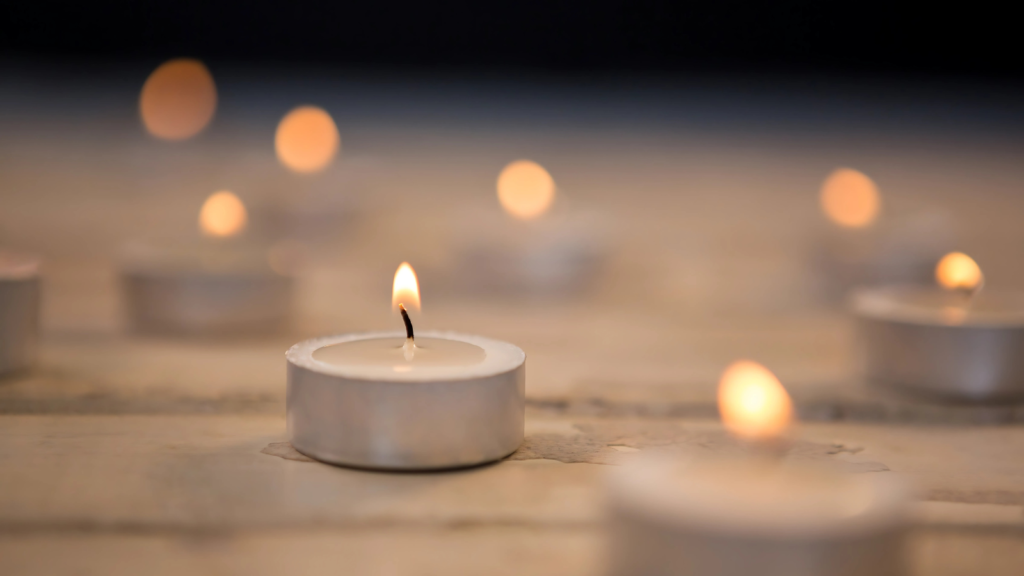
A candle stub or a small tea light is a handy addition to your kit. It can keep a flame going long enough to light damp wood, and it doesn’t take up much room. Wrap it in foil to keep it from getting smashed.
Pack Some Char Cloth

Char cloth is lightweight and catches a spark like a dream. Make your own by charring small pieces of cotton fabric in a tin over a fire. Pack it in a small waterproof pouch to keep it dry and ready to use.
Include a Small Knife or Multi-Tool
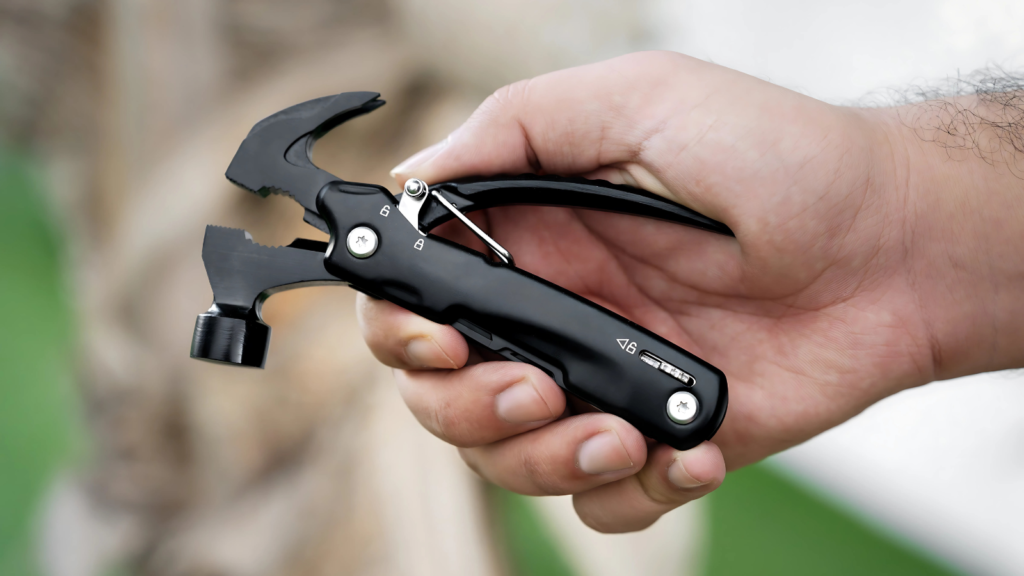
A sharp knife is essential for preparing tinder and scraping ferro rods. A multi-tool is even better because it gives you options for other survival tasks. Make sure it’s compact but sturdy.
Add Aluminum Foil

A small sheet of aluminum foil can act as a windbreak or a reflective surface to help you concentrate heat. Fold it neatly so it doesn’t take up much space in your kit.
Include Cotton Pads or Discs

Cotton pads or discs soaked in wax are fantastic fire starters. They burn slowly and reliably, giving you plenty of time to ignite your kindling. Make them at home with melted wax and a baking sheet.
Pack Some Firestarter Sticks

Commercial firestarter sticks or sawdust cubes are compact, lightweight, and effective. They’re particularly useful if your wood or other fuel is damp. Toss in a few for emergencies.
Include a Small Saw or Wire
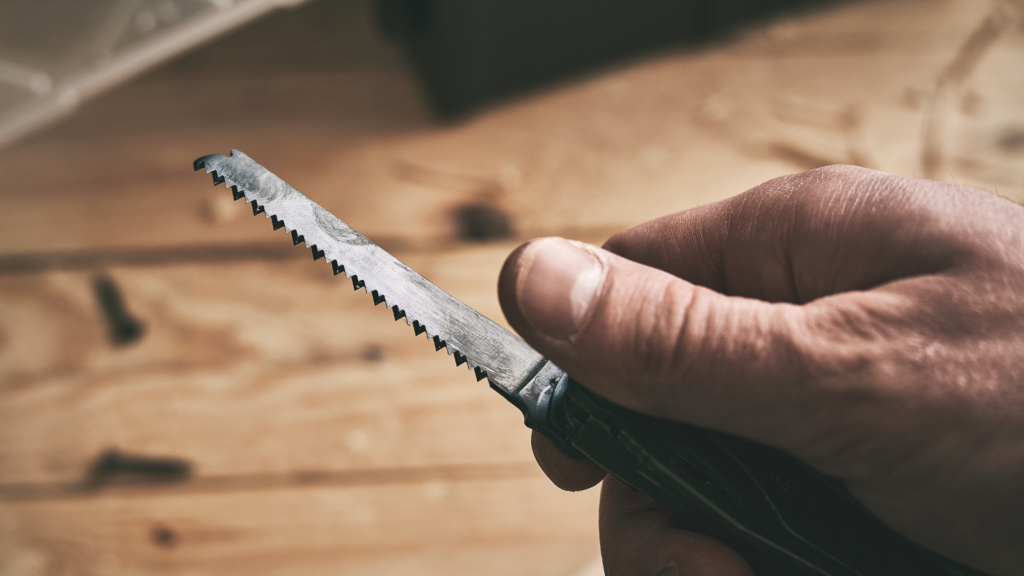
A pocket-sized saw or length of wire can help you gather wood in a pinch. If you don’t have one, even a sturdy piece of cord can be useful for breaking off branches or securing materials.
Add a Survival Guide
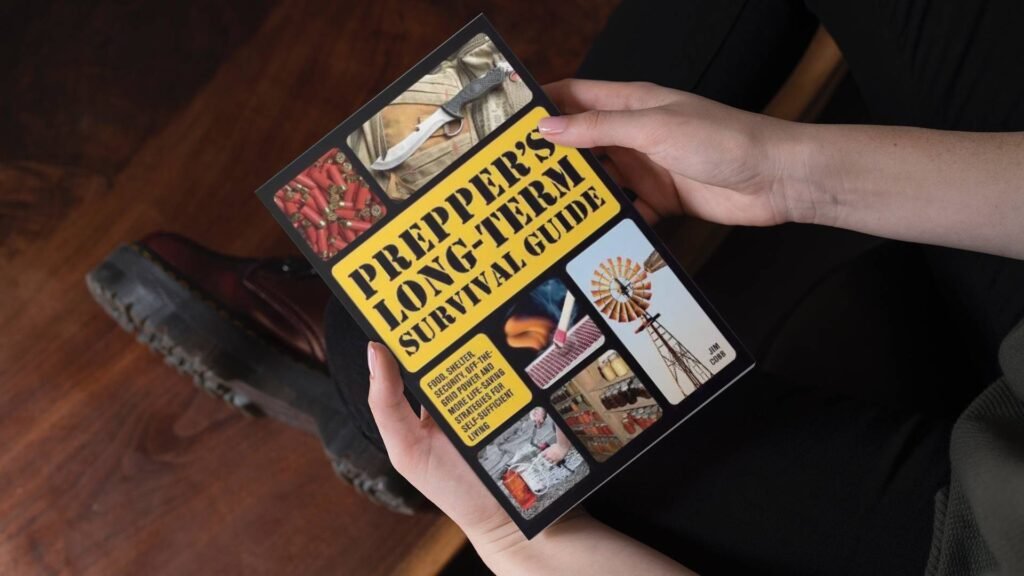
A small survival booklet with fire-starting tips is a smart addition. It might seem unnecessary now, but in high-stress situations, it’s easy to forget the basics. Pack one just in case.
Test Your Kit Regularly

Before you head out, test your fire-starting kit to make sure everything works as expected. Practicing in different conditions—like after a rainstorm—will build your confidence and prepare you for real-life scenarios.

